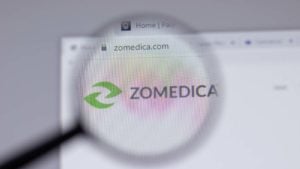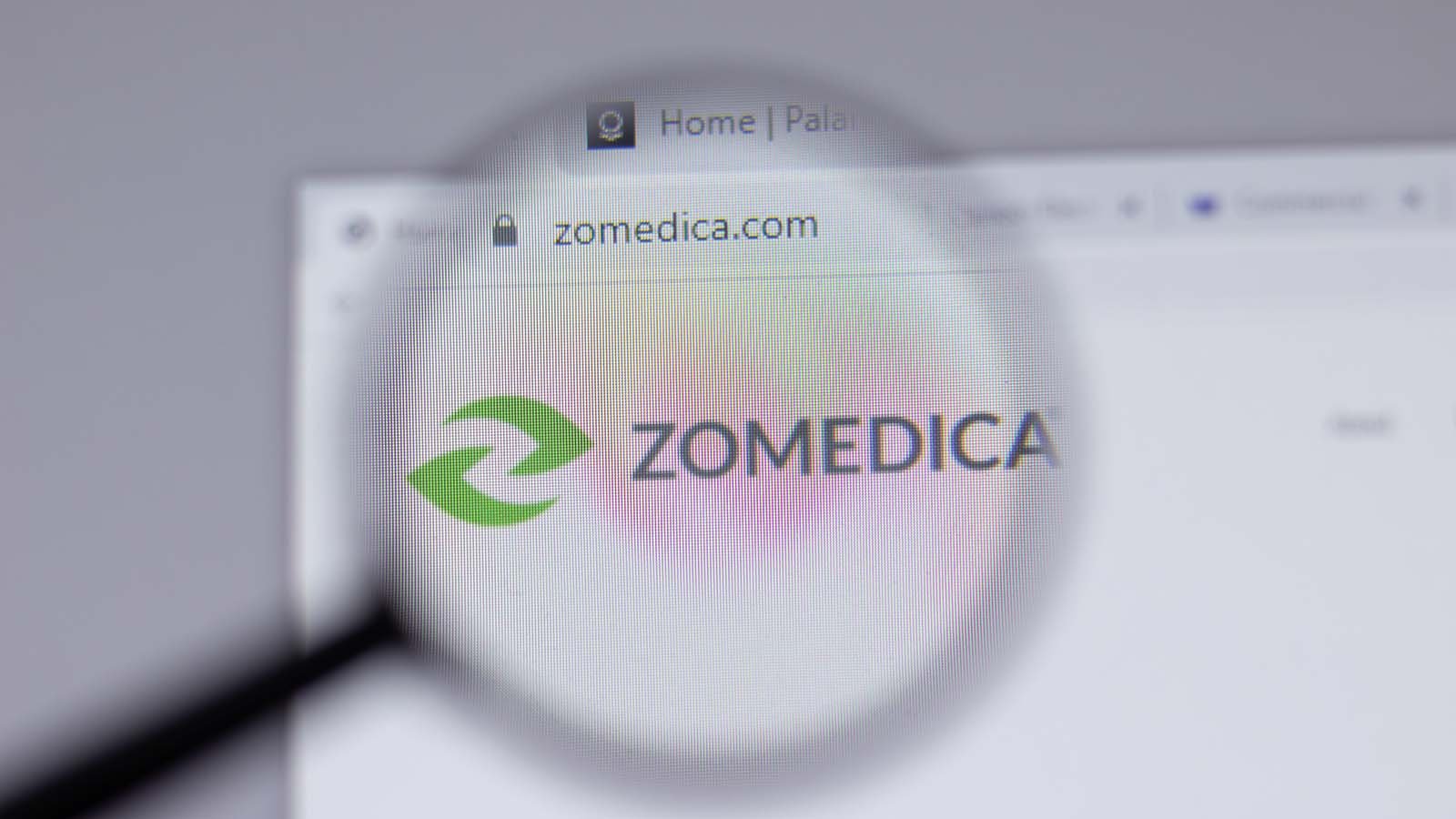It’s been a little more than three weeks since Zomedica (NYSEAMERICAN:ZOM) reported its Q2 results. Despite reasonably healthy sales, ZOM stock gained just 14% from Aug. 11 through the end of the month.

Another InvestorPlace columnist, Ian Bezek, recently argued that Zomedica needs to raise its revenues considerably before investors give its shares a serious look.
I’ve long been bullish about Zomedica’s opportunity in the pet health field, but it’s hard to argue with Bezek’s logic. Successful businesses grow their sales quarter after quarter until it becomes evident that their business models work.
Two quarters does not make an omelet. We all need to see more.
Does that mean I’m no longer bullish on ZOM stock? It does not. Here’s why.
Zomedica’s Q2 Results
When I last wrote about Zomedica in mid-July, the company had not yet reported its Q2 results. Now that it has done so, it’s easy to be pessimistic about its earnings.
As Bezek, the other columnist, said, Truforma has been on the market since March 15, yet it’s only delivered $29,817 of sales over three-and-a-half months. That’s $102,229 on an annualized basis.
That’s especially troubling when you consider that $14,124 of Zomedica’s revenue from Truforma came in the last two weeks of March. Still, due to a lack of availability for the company’s fT4 and ACTH assays, which it obtains from its development partner, it followed up with Q2 sales of $15,693. That was only $1,569 higher than its Q1 revenue, which included just two weeks of Truforma sales.
The company intends to follow a razor/razor blade business model. Specifically, its Truforma devices are installed in vets’ offices . Then the vets purchase assay cartridges from Zomedica, providing it with recurring revenue.
Zomedica’s Customer Appreciation Program
In its Q2 earnings press release, Zomedica stated that it had 41 signed instrument placement agreements, of which 25 have been installed, since it started its Customer Appreciation Program on July 13.
It’s important to note that, until the two assays mentioned earlier are available for purchase by veterinarians, the company is essentially giving vets a Truforma device to test at no charge.
But on page 24 of its 10-Q, Zomedica states that the two assays should be available by the end of the year, bringing the number of assays available for purchase to five. An additional three assays are expected to be ready in 2022. In addition, Zomedica is developing a second point-of-care diagnostic platform to detect pathogens in companion animals.
Given the difficulties that the company has had getting all five assays into the veterinary market, investors should not have high expectations about the three new assays and the second point-of-care diagnostic platform arriving on schedule.
However, I think it makes sense to install the machines in vets’ offices at no cost so that they can work with the devices.
Zomedica’s Cash on Hand
The saving grace for Zomedica is that it has no debt and $276.2 million of cash on its balance sheet. Based on its 979.7 million shares outstanding, that’s 28 cents of cash per share for this name that’s trading for about 61 cents.
However, Zomedica is losing the equivalent of $18 million on an annual basis, or 2 cents per share, and its losses are expected to accelerate as its commercial sales grow.
But if it has $18 million of losses in 2021 and $36 million of red ink in 2022, it will still have plenty of cash left on its balance sheet to pursue acquisitions, conduct research and development, and market Truforma.
So I wouldn’t be concerned about Zomedica running out of cash anytime soon. I would, however, be worried that it may continue to struggle to increase Truforma’s sales. Further, because it’s a one-product company at the moment, it might be difficult for Zomedica to sell itself to a bigger company that can successfully execute Truforma’s growth plans.
The Bottom Line on ZOM Stock
Zomedica has always been a speculative stock. There’s no question about that.
However, as an owner of many cats over the years, I continue to believe that Zomedica can be successful with Truforma. However as I’ve said many times in the past, it’s one thing to have a plan, but it’s another to execute it successfully.
If you have money you can afford to lose, it may be worthwhile for you to buy ZOM stock because Zomedica could turn out to be an amazing surprise. But you’ve got to manage your expectations and realize that we’re only in the second or third inning of an extra-inning baseball game.
On the date of publication, Will Ashworth did not have (either directly or indirectly) any positions in the securities mentioned in this article. The opinions expressed in this article are those of the writer, subject to the InvestorPlace.com Publishing Guidelines.
Will Ashworth has written about investments full-time since 2008. Publications where he’s appeared include InvestorPlace, The Motley Fool Canada, Investopedia, Kiplinger, and several others in both the U.S. and Canada. He particularly enjoys creating model portfolios that stand the test of time. He lives in Halifax, Nova Scotia. At the time of this writing Will Ashworth did not hold a position in any of the aforementioned securities.
